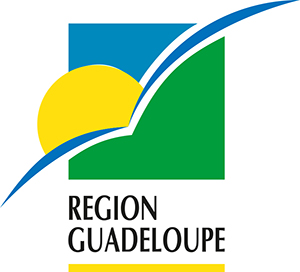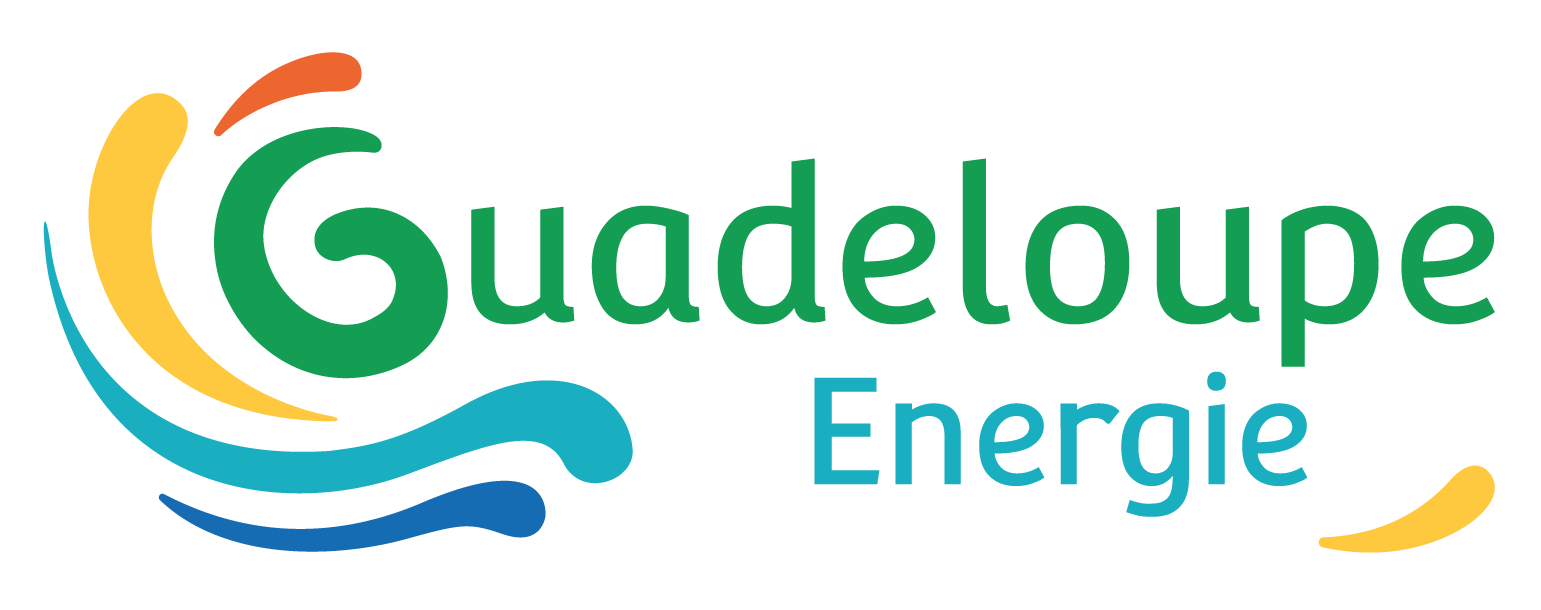Background
Bouillante is currently the only geothermal power plant in the Caribbean. Since Bouillante 2 came on line in 2003, total production has risen to 15 MW, accounting for 5% to 10% of electricity produced in Guadeloupe (depending on the year).
Geothermal energy is especially attractive since Guadeloupe is an archipelago.
- Production can be fully controlled, unlike photovoltaics, for example, which depends on sunlight conditions
- Production costs are about half those of fossil fuel power plants and are not vulnerable to fluctuations in the world market
- Associated CO2 emissions are low
Growth Potential of the Geothermal Sector
Growth potential in Guadeloupe
Two major geothermal energy projects are planned for Guadeloupe:
- Increase production capacity with current facilities
- Keep the current configuration of the B2 unit (10 MW)
- Increase reinjection capacity beginning in 2018 to optimize production in both B1 and B2 units
- Drill new wells (for production and reinjection and/or monitoring) to reduce hot water discharge into the ocean
- Build a new unit (B1bis) by 2023 with a net capacity of 12.8 MW to replace the current 4 MW-capacity B1 unit, which would add 5 to 10 MW of power generation capacity to the Bouillante site
An additional expansion of the B1 unit, boosting capacity by up to 20 MW, could be considered at a later stage if the geothermal resource is sufficient for profitable development.
- Open a new production site, Bouillante 3, north of Bouillante. A new location is being scouted to build another facility with production capacity of up to 20 MW.
According to the PPE, conditions for beginning the work to optimize and strengthen the existing Bouillante units will be met by 2018. Even if nameplate capacity remains the same in 2018, improved production conditions will stabilize availability (target: 85%) and electricity production (target: 100 GWh/year).
The PPE anticipates production capacity at the site to increase by 30 MW by 2023 (compared with an increase of 14 MW in 2015).
The PPE’s goal is to add an additional 20 MW by 2030 to reach 40 MW of nameplate capacity in Guadeloupe and produce nearly 16% of electricity delivered to the grid.
Growth potential in the Caribbean
Since 2008, the the regional government of Guadeloupe has actively supported the development of Dominica’s geothermal project, in part by mobilizing EU funds from the Interreg IV program under the Caribbean Geothermal Projects Phases 1 and 2 (GC 1 and 2). One of the goals was to import geothermal electricity from Dominica to Guadeloupe. However, in September 2017 Hurricane Maria destroyed 75% of Dominica’s power grid, leaving the island without electricity. The Government of Dominica has since adopted its National Resilience Development Strategy, which reflects its ambition to become the “first country in the world to be resilient to climate change.”
A major components of this strategy is to diversify its energy mix. This includes building a 7 MW geothermal power plant on and for Dominica in 2019, which will increase the amount of electricity from renewable energies from 25% to 51%.
The possibility of exporting some of this future production through an inter-island transmission system to be built between Guadeloupe and Dominica has not been ruled out. This connection project would represent the equivalent of a minimum nameplate capacity of about 20 MW for Guadeloupe, but implementation is not expected before 2030.
One of Guadeloupe’s major challenges is developing expertise that can be exported to emerging markets in the Caribbean. To achieve this, the regional government of Guadeloupe is leading the project to create a center of excellence for geothermal energy as part of the Interreg V program.
Implementation Actions
Reliable Production, Controlled Processes
- Increase community acceptance and establish exemplary projects
- Establish a benchmark of environmental excellence for geothermal projects in the Caribbean, similar to the approach taken in Dominica
- Guarantee local economic benefits: fund community activities, create a skills center at Bouillante, etc.
- Raise awareness and appreciation of geothermal energy, through the Center of Excellence and other means
Support Projects
- Strengthen national support for reassessing metering rates
- Provide financial support for projects: loan arrangements with the European Investment Bank (EIB), bank involvement and Regional Council support for negotiations between operators and banking institutions








